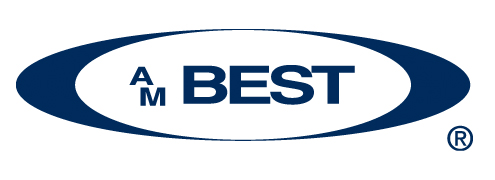A.M. Best has forecast a stable outlook for the German non-life insurance sector, reporting that its robust economy, solid technical profitability, and strong balance sheets are offset by persistently low interest rates, catastrophe exposure, and the threat of market disruption.
 The German non-life sector has been growing steadily thanks to a stable economy, good underwriting discipline, sustainable rate adjustments, and healthy balance sheets that have helped it withstand evolving market conditions.
The German non-life sector has been growing steadily thanks to a stable economy, good underwriting discipline, sustainable rate adjustments, and healthy balance sheets that have helped it withstand evolving market conditions.
Additionally, premium rates increased in the non-life market over 2017, particularly in the motor and property business, which account for almost 70% of total non-life premiums.
The property segment also reported a sub-100% accident year combined ratio for the fourth year running, supported by strong premium rate increases for homeowners’ comprehensive insurance on the back of rehabilitation efforts.
However, the commercial property class has suffered from strong price competition and adverse claims experience, with combined ratios above 100% in most years since 2010.
A.M. Best also expects overall results to be volatile in the long-term as Germany is exposed to natural catastrophe losses from windstorm, flood, and hail, and its insurers tend to retain a high proportion of retail risks.
In recent years, German insurers have experienced fairly benign catastrophe losses, with annual costs of around €2 billion, although in 2013 hail and windstorm events pushed insured property losses as high as €6.5 billion.
January windstorms have already caused significant losses for German players in 2018, with independent estimates placing insured losses at around €1 billion.
Nevertheless, A.M. Best believes that the German non-life insurance market is well positioned to withstand challenges that may arise from increased competition and higher natural catastrophe losses.
It also noted that the market is insulated by surplus capital, and that the implementation of Solvency II has led to better risk management and control of key risks.


